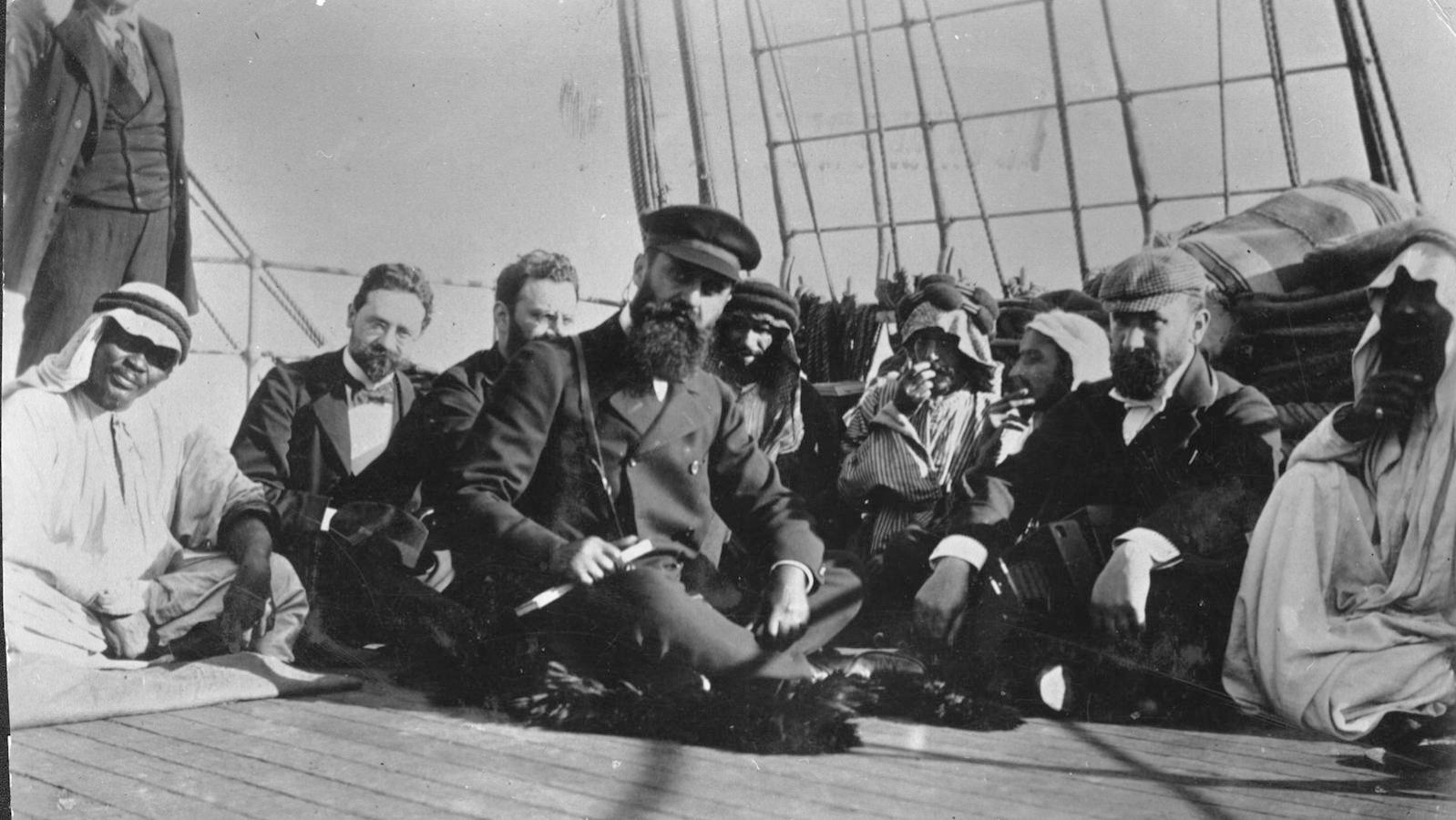Emancipation and enlightenment changed Jewish life between 1700 and 1914. The philosophies of the European Enlightenment, including rationalism (the idea that a person could govern his or her own actions on the basis of reason) and natural law (the idea that every person possessed the right to unlimited independence) inspired the emancipation of the Jews (that is, the process by which they gained equal rights).
One of the first individuals to speak and write about the connections between rationalism, natural law and Jewish citizenship was a Christian, Wilhelm Van Dohm (1751-1820). Dohm set the tone for the debate on Jewish emancipation in Germany with the publication of his book, On the Civil Improvement of the Jews, in which he argued that a Jew was more a man than he was a Jew. By this Dohm meant that a Jew was endowed by nature with the same capacity for life, liberty and happiness as a Christian. If Jews seemed superstitious, unsocial and unsavory it was because they had been subject to oppressive conditions for many generations. Lift the oppressive conditions, argued Dohm, and the Jews will better themselves. They will become productive, useful members of the state.
Moses Mendelssohn (1729-1786), a colleague of Dohm, spearheaded Enlightenment among the Jews. Mendelssohn broke the traditional mold of the Jewish scholar by pursuing subjects beyond Judaism. He became a prominent philosopher whose writings, most famously Jerusalem, outlined his vision of religious tolerance and pluralism. Mendelssohn was a forerunner of the Haskalah, the Jewish Enlightenment movement, which emerged and developed from the mid-eighteenth to the late-nineteenth centuries, and aimed to spread modern European culture among the Jews.
Individuals like Mendelssohn and Van Dohm provided the intellectual background for Jewish political and social emancipation. The political, social and economic climate of individual nations determined the pace and process of emancipation in each. For example, the road to emancipation was short in France (citizenship for Jews was granted 1791), long and bumpy in Germany (where it took 100 years and required the Jews to demonstrate time and again that they could be productive members of society) and brutal and never-ending for Russian Jews. The ongoing harsh conditions imposed on Russian Jews by the Tsarist government fueled two great Jewish movements of the time: Zionism and Socialism.

Help us keep Jewish knowledge accessible to millions of people around the world.
Your donation to My Jewish Learning fuels endless journeys of Jewish discovery. With your help, My Jewish Learning can continue to provide nonstop opportunities for learning, connection and growth.
Pogroms and the Movements They Inspired
Russia, a highly disorganized autocracy, had granted and rescinded Jewish rights with no apparent rhyme or reason before 1881. After 1881, however, when the assassination of Czar Alexander II was rumored to have been part of a Jewish plot, anti-Semitism became state policy in Russia. The largest Jewish community of its time was subjected to violence (in the form of pogroms, murderous attacks on the Jewish population) and restrictive legislation (known as the May Laws) which made survival precarious.
Some Russian Jews viewed socialism as a solution. In Eastern Europe, mounting discrimination against the Jews, urbanization and industrialization lead to politicization of the Jewish masses. In Czarist Russia, Jewish socialists formed under the General Jewish Workers Union in Poland and Russia in 1897 (“The Bund”). The Bund addressed specific needs of Jewish workers and offered a solution to the larger Jewish problem of making a life in Russia. Jewish socialism was also an active movement in the United States at the turn of the century, where immigrant labor fueled the thriving industrial sector. Immigrant Jews and organized Jewish labor were particularly visible in the needle trades.
Zionism, a philosophy that advocates the creation of a separate national identity for the Jews, was also viewed as potential solution to the Russian Jewish problem. Zionism took off in an organized fashion with the launch of the World Zionist Organization at the First Zionist Congress in Basle in 1897. This Congress was organized by Theodor Herzl, the leader of the Zionist movement from its origins to his death in 1904. Herzl advocated a program of political Zionism, which urged practical efforts on behalf of establishing a state. To this end, Herzl made his chief goal winning a charter for settlement in Palestine from the Ottoman Empire. Not all Jews agreed with Herzl’s vision. Competing versions of Zionism had either a socialist, religious, or cultural flavor.
The other popular solution to the Russian Jewish problem at the turn of the century was emigration. If you could not win an acceptable form of emancipation in your current homeland, reasoned millions of European Jews, then leave. The two most popular destinations for Jewish immigrants during this period were America and Palestine. More than 2 million Jewish immigrants entered the United States between 1880 and 1924; 25,000 Russian Jews emigrated to Palestine as part of the first aliyah (wave of immigration) to in 1881; 40,000 followed as part of the second aliyah between 1904 and 1914. These immigrants, along with their co-religionists whose journeys were purely intellectual, changed the character of the countries they called–or came to call–home.



